Fermi Stories
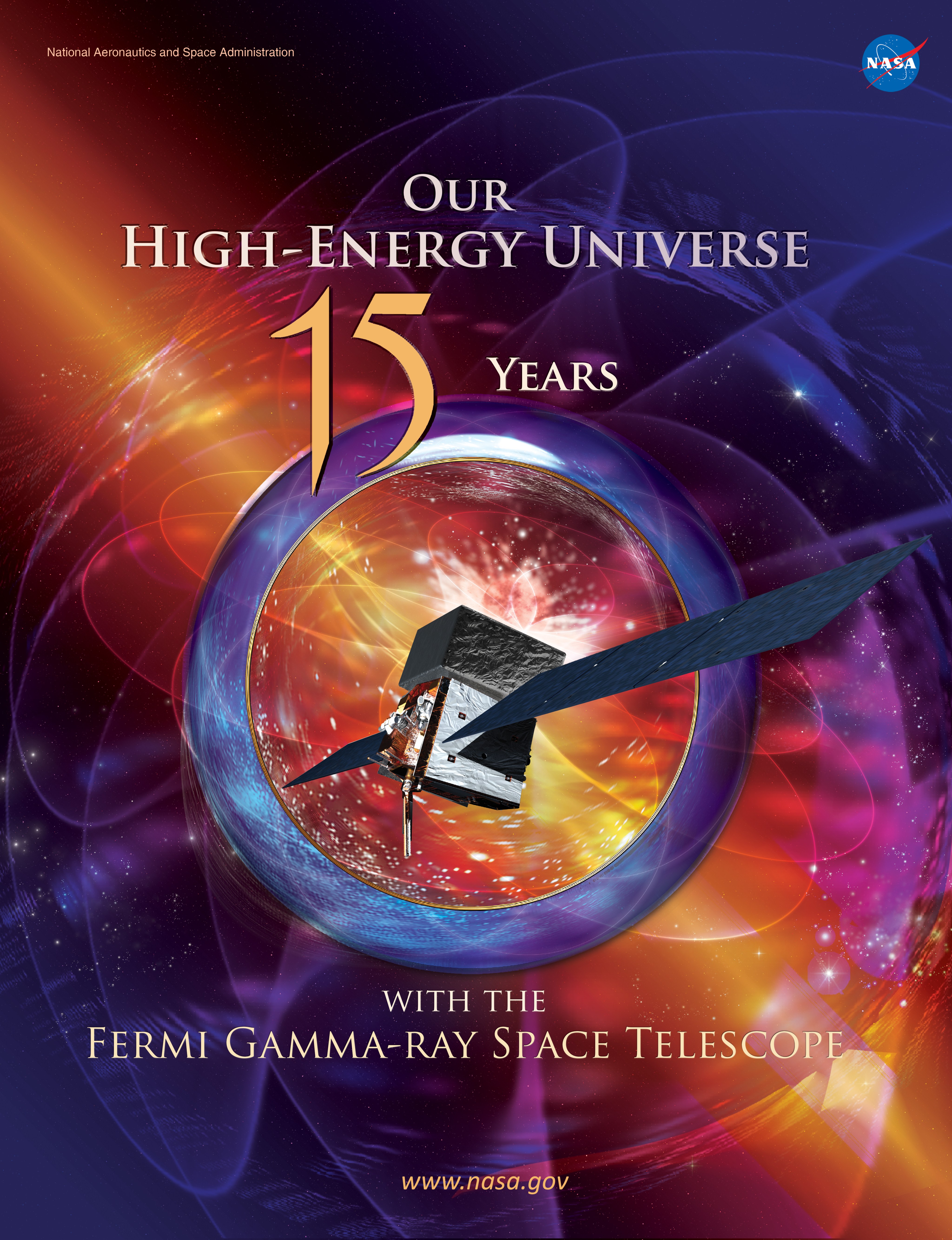
Explore the Universe with the First E-Book from NASA’s Fermi
To commemorate a milestone anniversary for NASA’s Fermi spacecraft, the mission team has published an e-book called “Our High-Energy Universe: 15 Years with the Fermi Gamma-ray Space Telescope.” Readers can download the e-book in PDF and EPUB formats. The e-book…
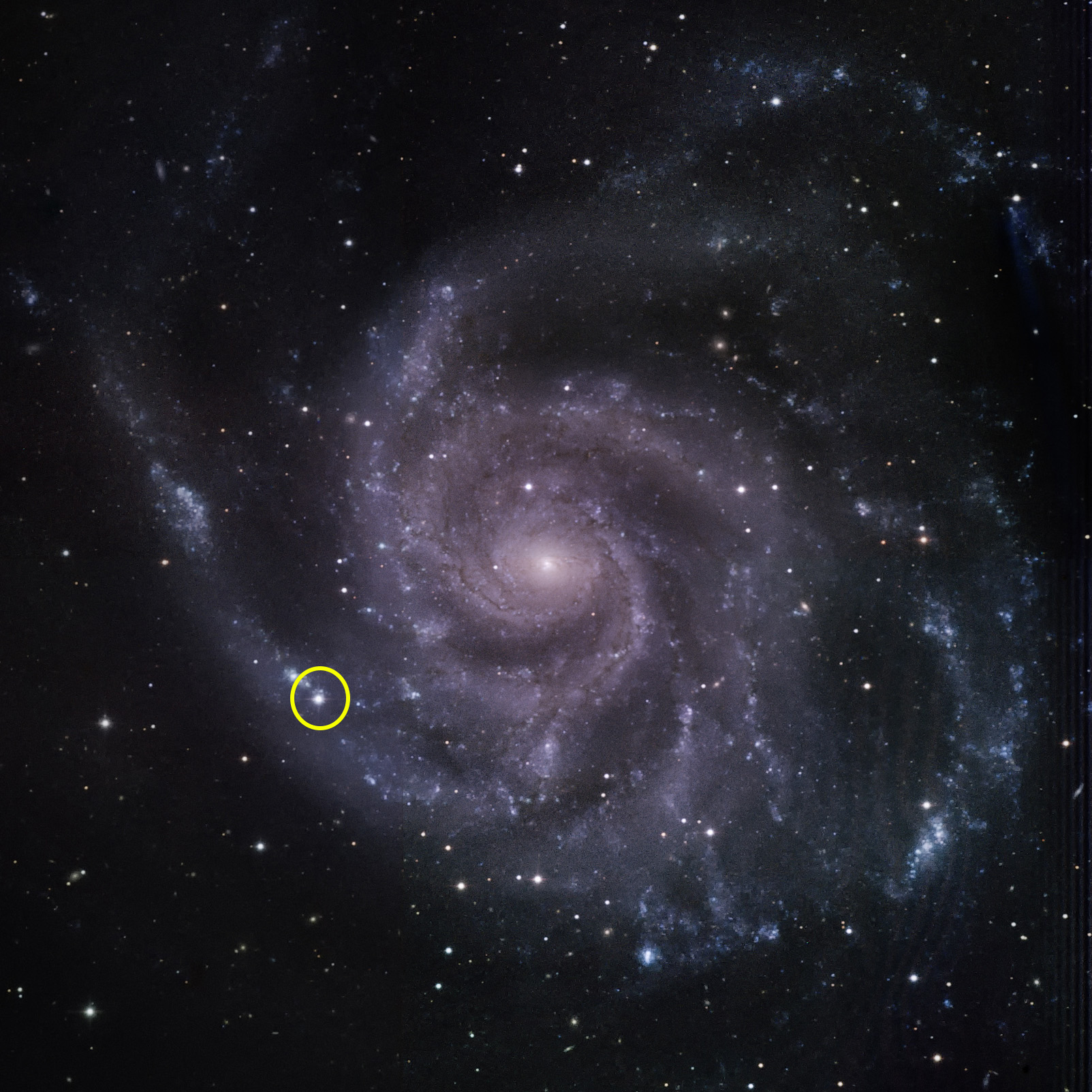
NASA’s Fermi Mission Sees No Gamma Rays from Nearby Supernova
A nearby supernova in 2023 offered astrophysicists an excellent opportunity to test ideas about how these types of explosions boost particles, called cosmic rays, to near light-speed. But surprisingly, NASA’s Fermi Gamma-ray Space Telescope detected none of the high-energy gamma-ray…
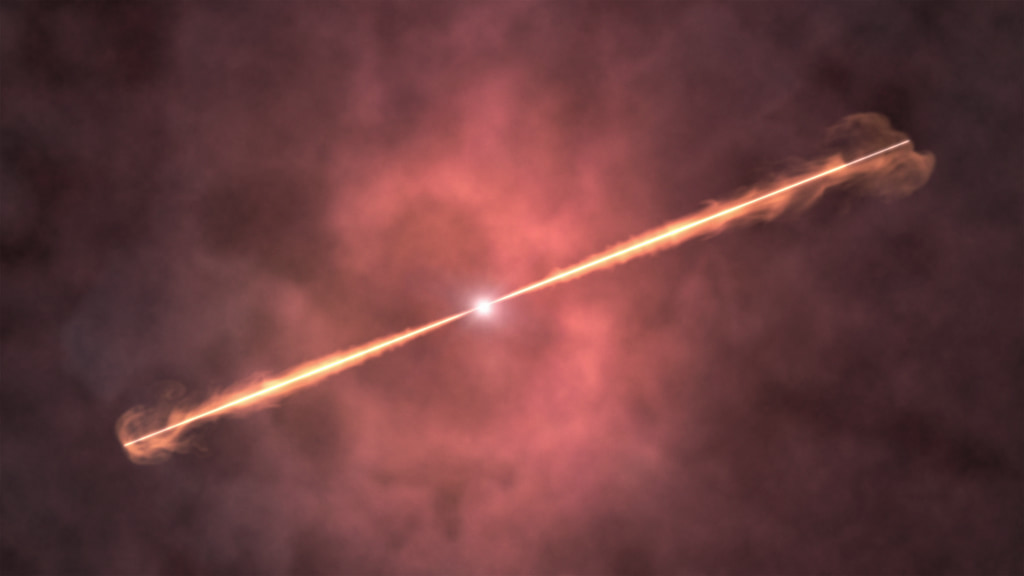
How NASA Chases and Investigates Bright Cosmic Blips
Stephen Lesage’s phone started vibrating just after halftime on Oct. 9, 2022, while he was watching a soccer game in Atlanta with a friend. When Lesage saw the incoming messages, the match no longer seemed important. There had been a…
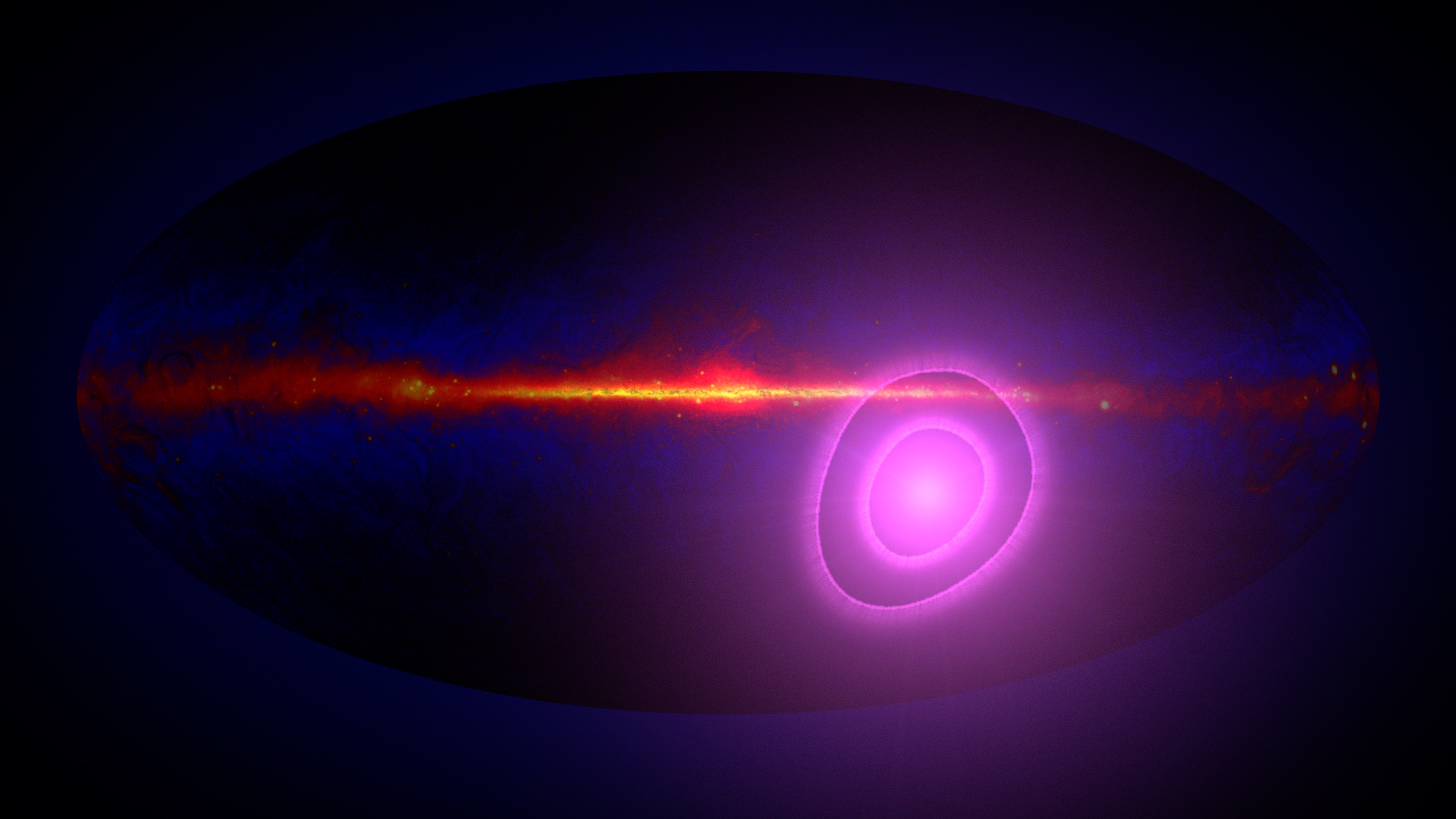
NASA’s Fermi Detects Surprise Gamma-Ray Feature Beyond Our Galaxy
Astronomers analyzing 13 years of data from NASA’s Fermi Gamma-ray Space Telescope have found an unexpected and as yet unexplained feature outside of our galaxy. “It is a completely serendipitous discovery,” said Alexander Kashlinsky, a cosmologist at the University of…
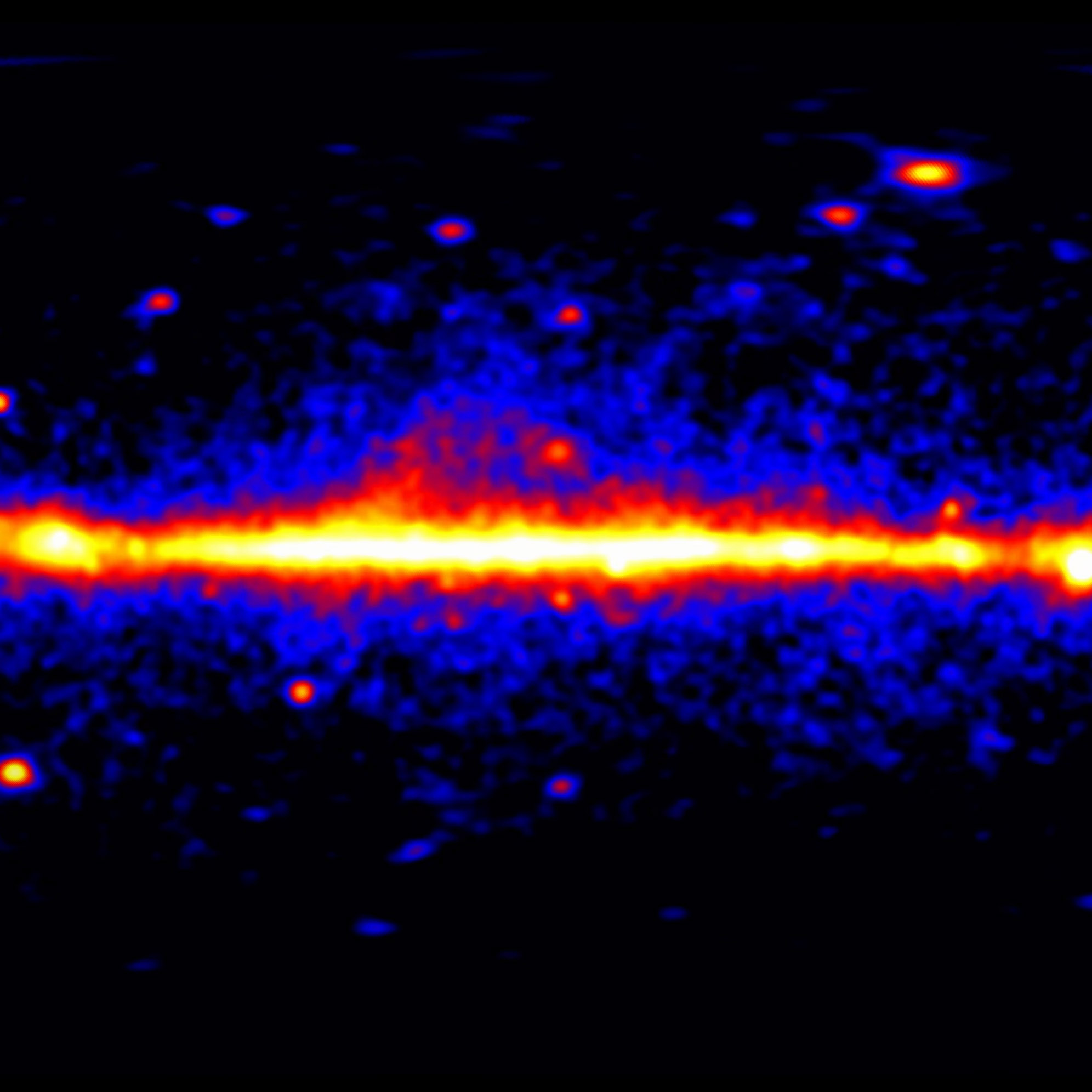
NASA’s Fermi Mission Creates 14-Year Time-Lapse of the Gamma-Ray Sky
The cosmos comes alive in an all-sky time-lapse movie made from 14 years of data acquired by NASA’s Fermi Gamma-ray Space Telescope. Our Sun, occasionally flaring into prominence, serenely traces a path through the sky against the backdrop of high-energy…
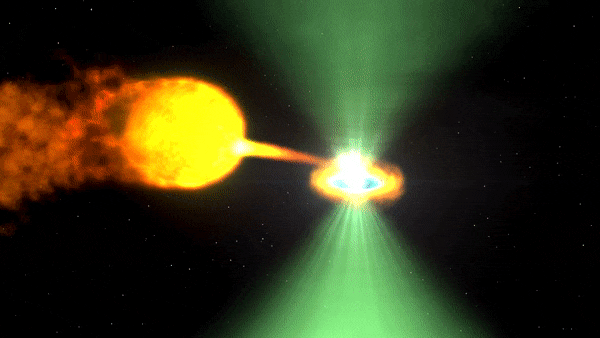
NASA’s Fermi Mission Nets 300 Gamma-Ray Pulsars … and Counting
A new catalog produced by a French-led international team of astronomers shows that NASA’s Fermi Gamma-ray Space Telescope has discovered 294 gamma-ray-emitting pulsars, while another 34 suspects await confirmation. This is 27 times the number known before the mission launched…
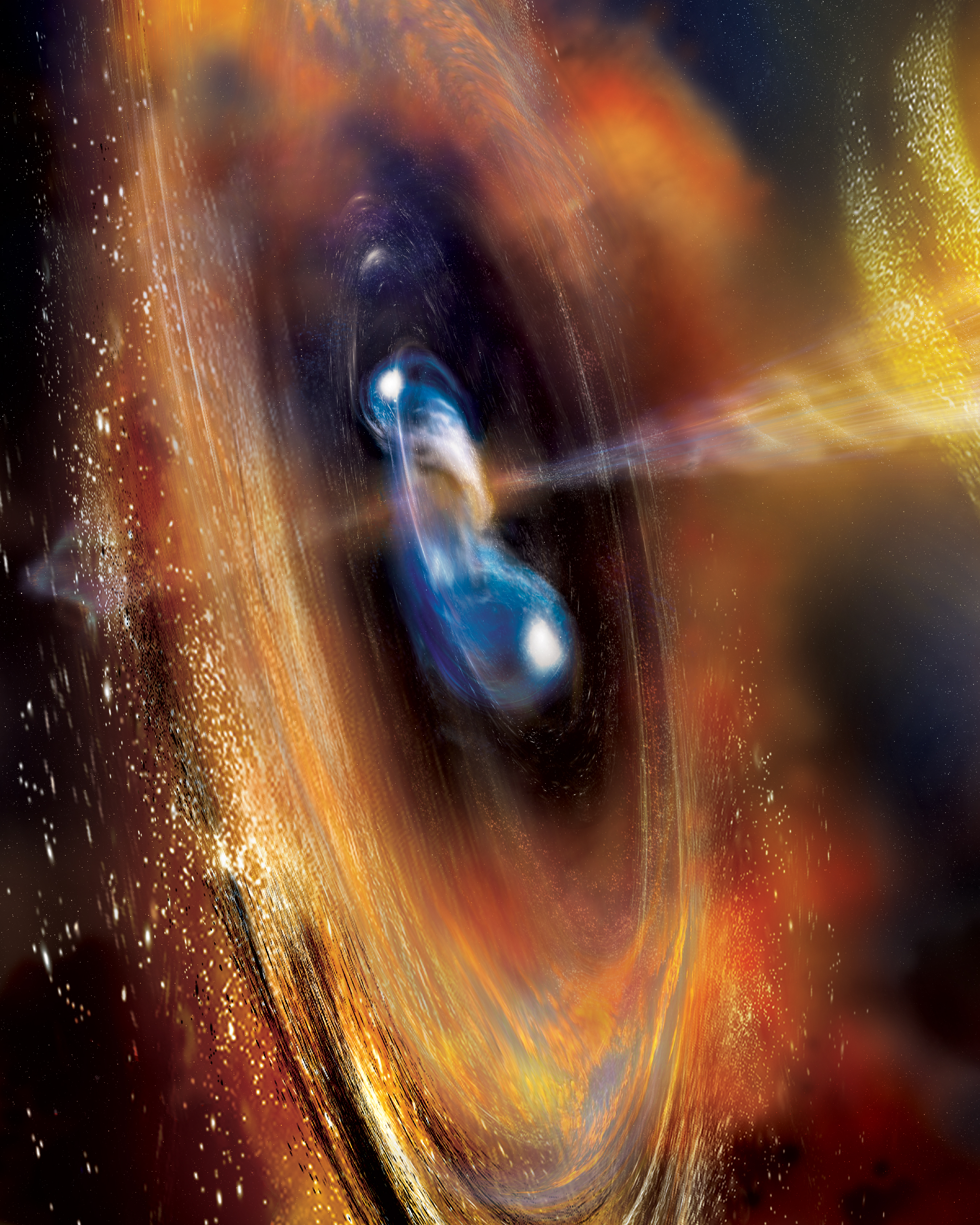
Gamma-ray Bursts: Harvesting Knowledge From the Universe’s Most Powerful Explosions
The most powerful events in the known universe – gamma-ray bursts (GRBs) – are short-lived outbursts of the highest-energy light. They can erupt with a quintillion (a 10 followed by 18 zeros) times the luminosity of our Sun. Now thought…
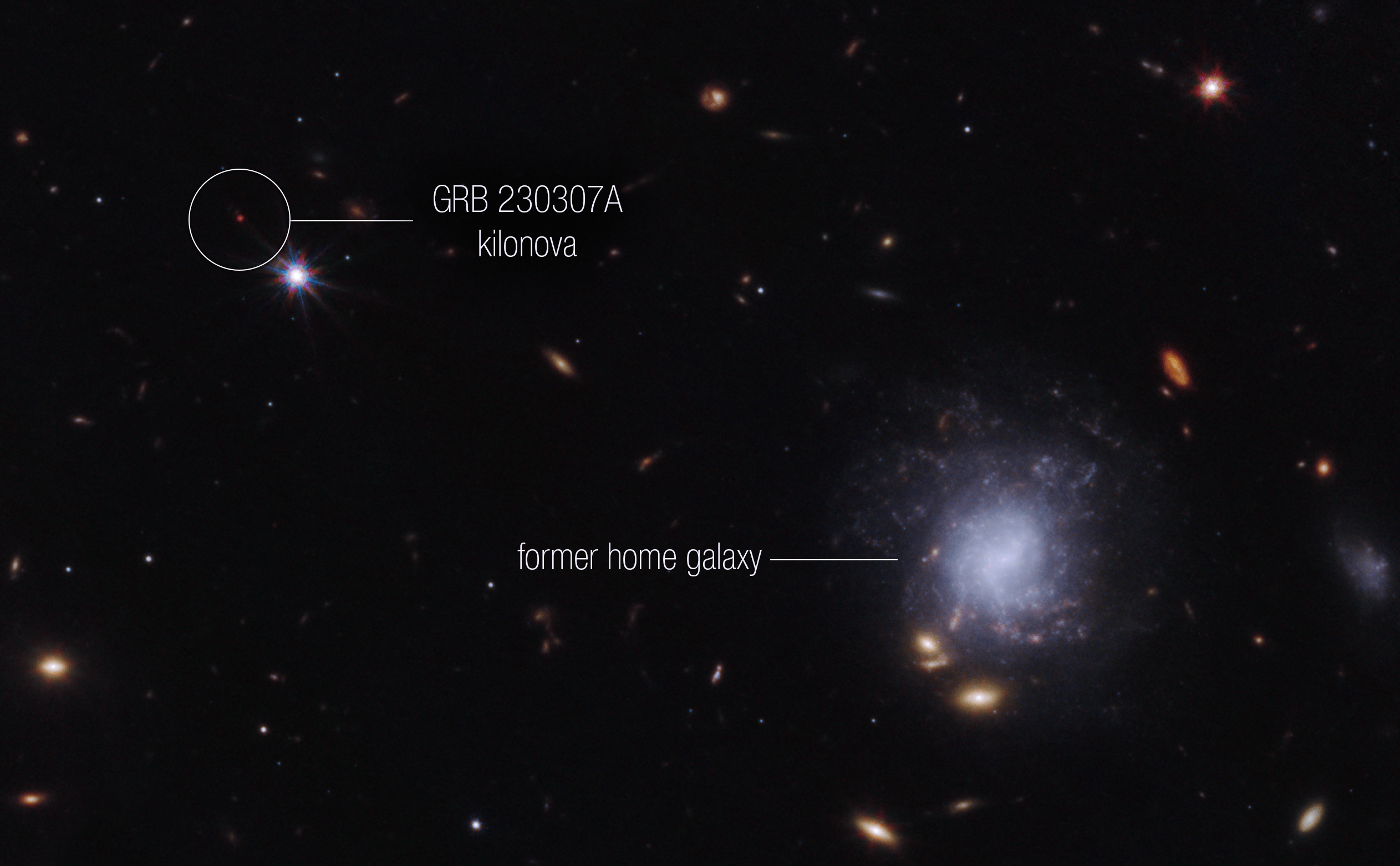
NASA’s Webb Makes First Detection of Heavy Element From Star Merger
Webb’s study of the second-brightest gamma-ray burst ever seen reveals tellurium. A team of scientists has used multiple space and ground-based telescopes, including NASA’s James Webb Space Telescope, NASA’s Fermi Gamma-ray Space Telescope, and NASA’s Neil Gehrels Swift Observatory, to…
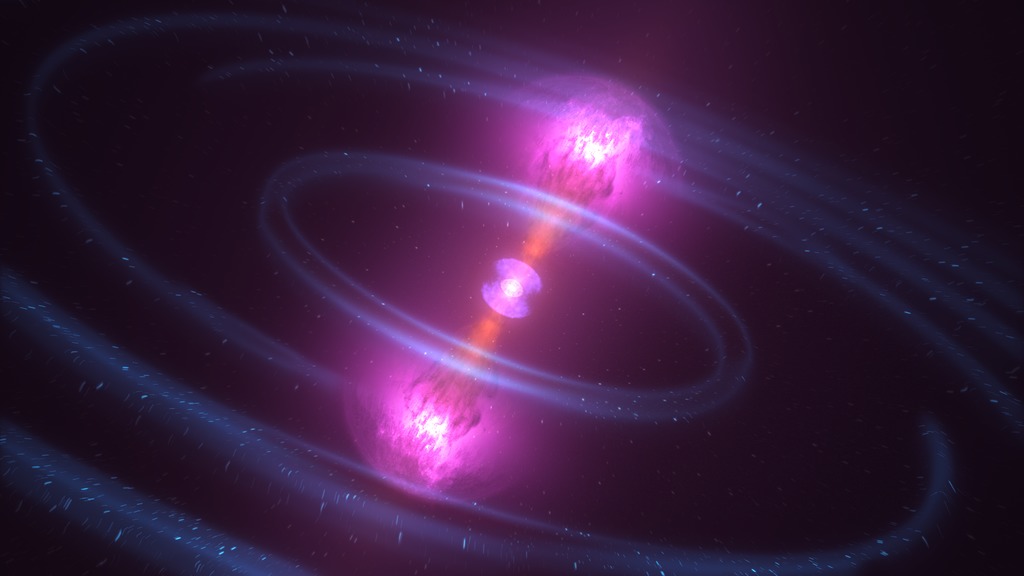
Gamma-Ray Bursts: Black Hole Birth Announcements
Gamma-ray bursts are the brightest, most violent explosions in the universe, but they can be surprisingly tricky to detect. Our eyes can’t see them because they are tuned to just a limited portion of the types of light that exist,…
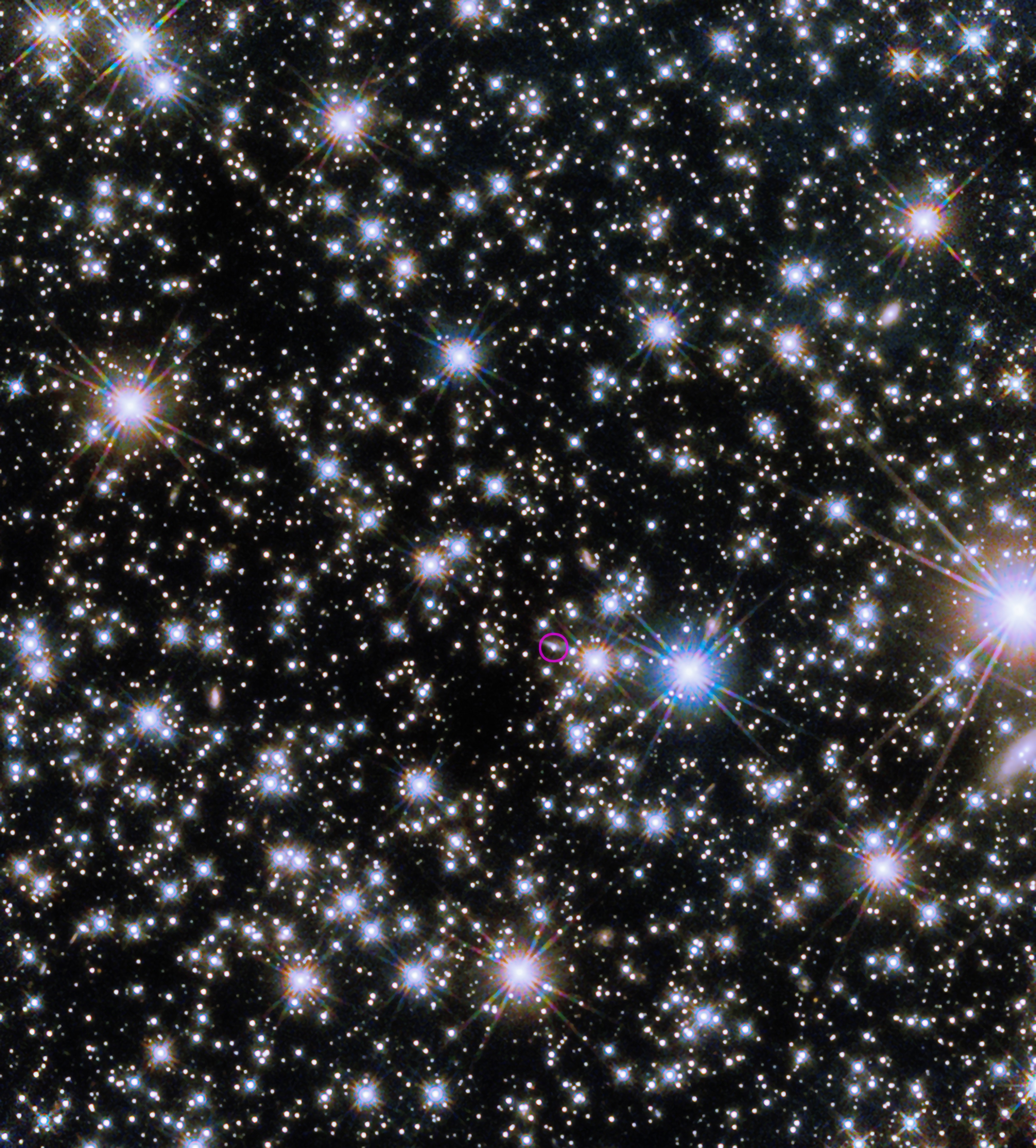
NASA Looks Back at 50 Years of Gamma-Ray Burst Science
Fifty years ago, on June 1, 1973, astronomers around the world were introduced to a powerful and perplexing new phenomenon called GRBs (gamma-ray bursts). Today sensors on orbiting satellites like NASA’s Swift and Fermi missions detect a GRB somewhere in…
